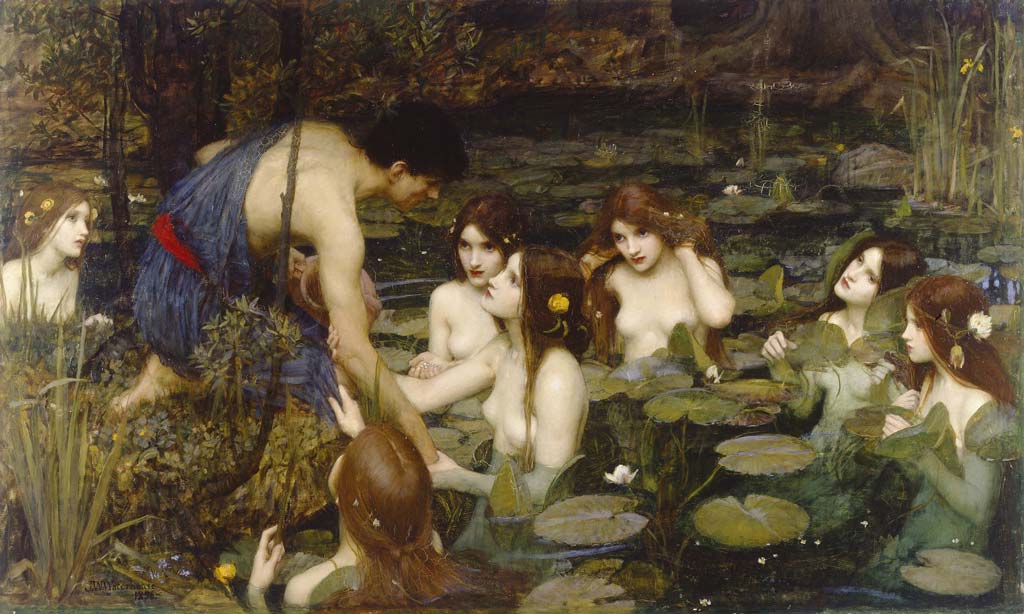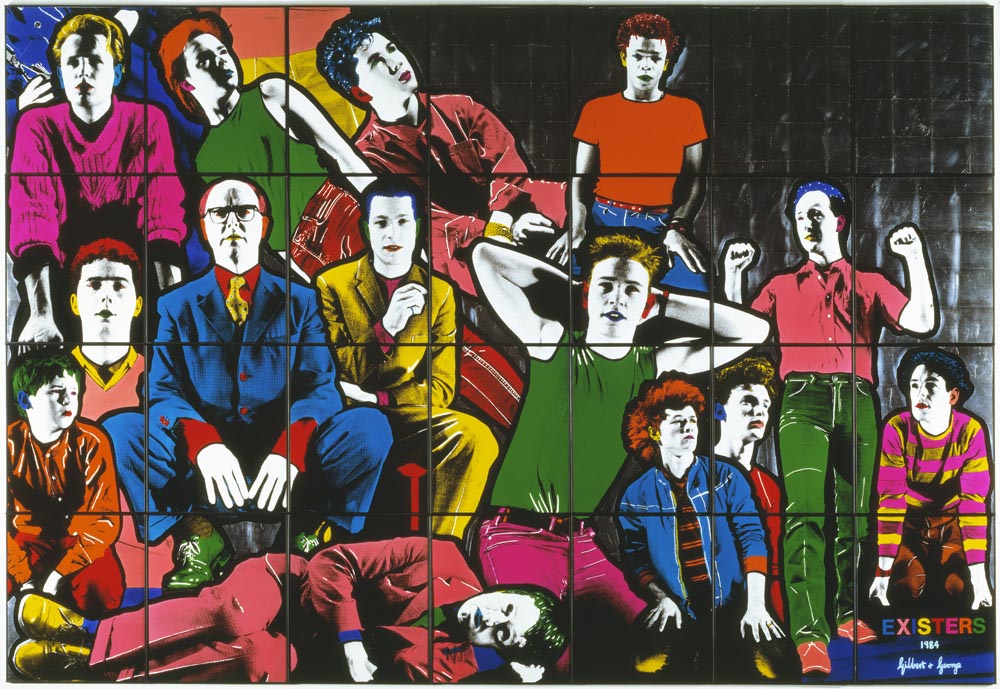Is a semi-pornographic Victorian painting fit for display in a modern day art museum?
The matter at hand was challenged recently when Manchester Art Gallery’s curators made a controversial move to remove a pre-Raphaelite artwork of nude nymphs. It received a mixed response from the public and, inevitably, sparked a debate about women in art and censorship.

The art gallery replaced the painting with a temporary notice on the blank space with the words: “to prompt conversations about how we display and interpret artworks in Manchester’s public collection”. Members of the public stuck post-it notes on the wall to express their ire – and confusion for some.
Streams of obvious contempt and accusations of censorship came from every direction, be it the general public or the media. Such unfavorable reaction conceals the role that art institutions play in shaping our cultural identities through exhibitions. Who holds the authority to determine the importance of what is, and isn’t, an integral part of the national cultural story? Ultimately, what were they trying to achieve?
While gallery curator Clare Gannaway refuted accusations and claimed “it wasn’t about denying the existence of particular artworks”, many related the issue to worldwide campaigns, such as Black Lives Matter and #MeToo. These movement once again highlighted the trails of racism and sexism, which led to the belief that cultural institutions should be self-reflexive and circumspect of the mirrors they hold up.

A similar act happened previously in the country where artist Sonia Boyce concealed from view an entire collection of ethnographic objects in Brighton Museum & Art Gallery. The museum’s non-western artefacts were masked behind awkwardly-shaped peepholes and could only be spotted through the limited openings. It gave visitors an understanding of ‘the art of looking.’
On the temporary removal of John William Waterhouse’s 1896 painting Hylas and the Nymphs, Boyce had a say in the dispute. People visit art galleries expecting to explore new meanings and forge new relationships between art and people, she said, however, how ideas can be put into practice is when visitors have direct hands-on experience. The take down of Hylas and the Nymphs was in pursuit of the latter.
Both professional media and social media could take the blame for, at a supersonic speed, labelling it a censorship problem, alongside the terms ‘publicity stunt’, ‘silly’ and ‘politically correct.’ It created the illusion of raucous and militant decision-making, when in reality the removal was sedate and discreet. And visitors still mingled around afterwards.
Whether it was for publicity stunt or a shrewd façade to initiate an art debate, paintings regardless of their obscenity exist to not just be admired but also discussed.
Visit The Yellow Brick Road Gallery, an online art gallery, to view traditional and authentic paintings and engage in deep discussions with us. Tag us on Instagram @theyellowbrickroadgallery and get us in the loop!





